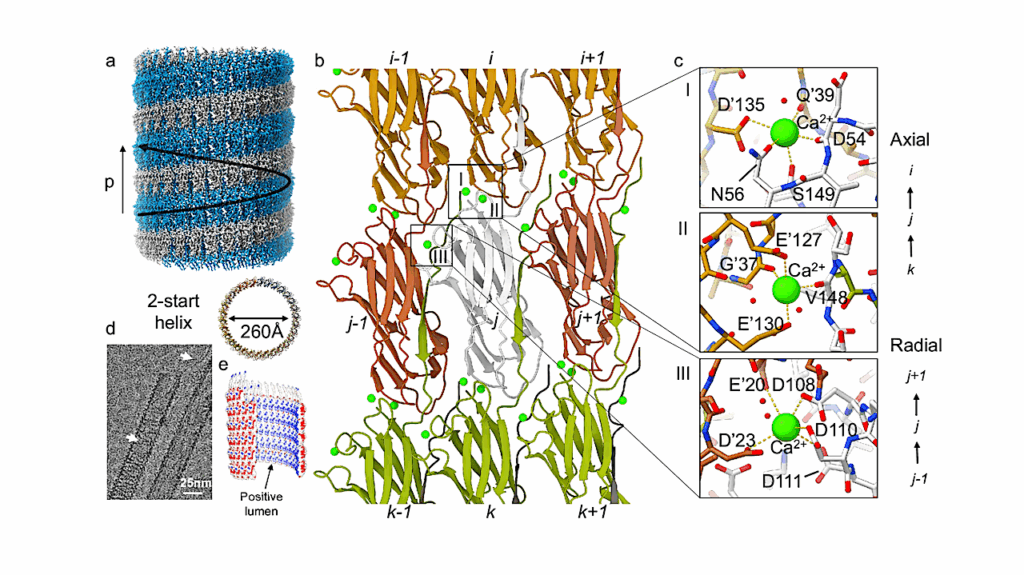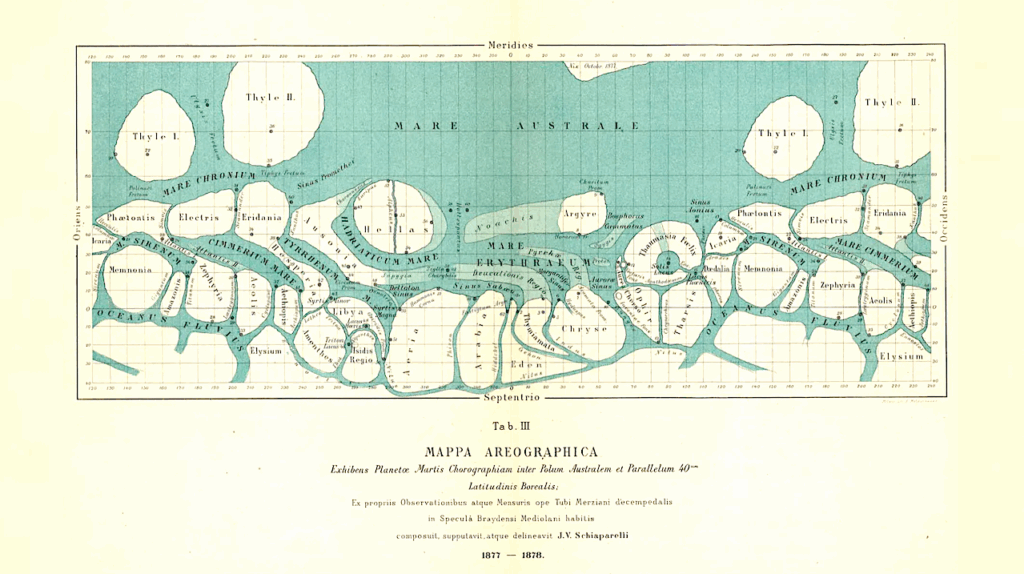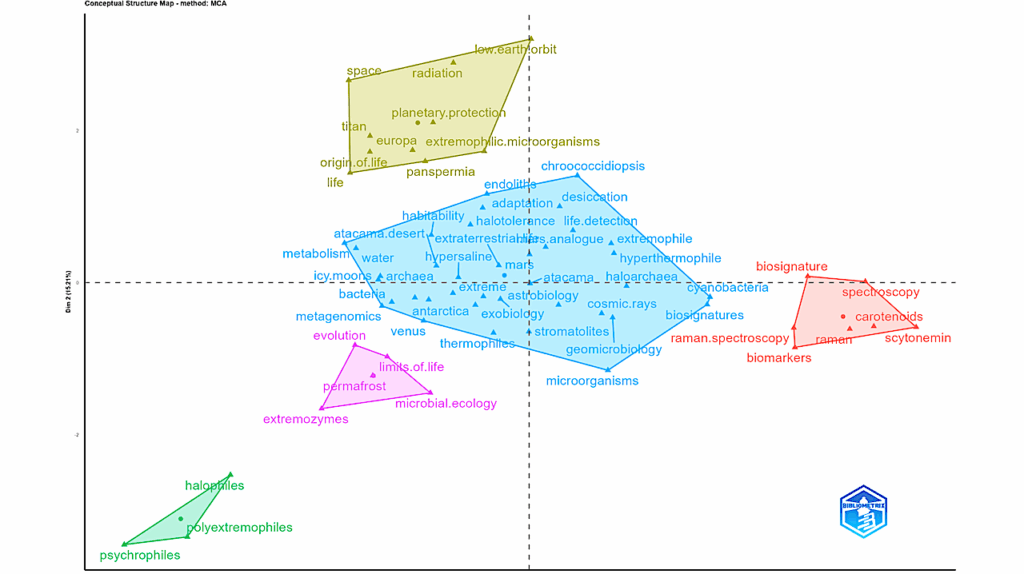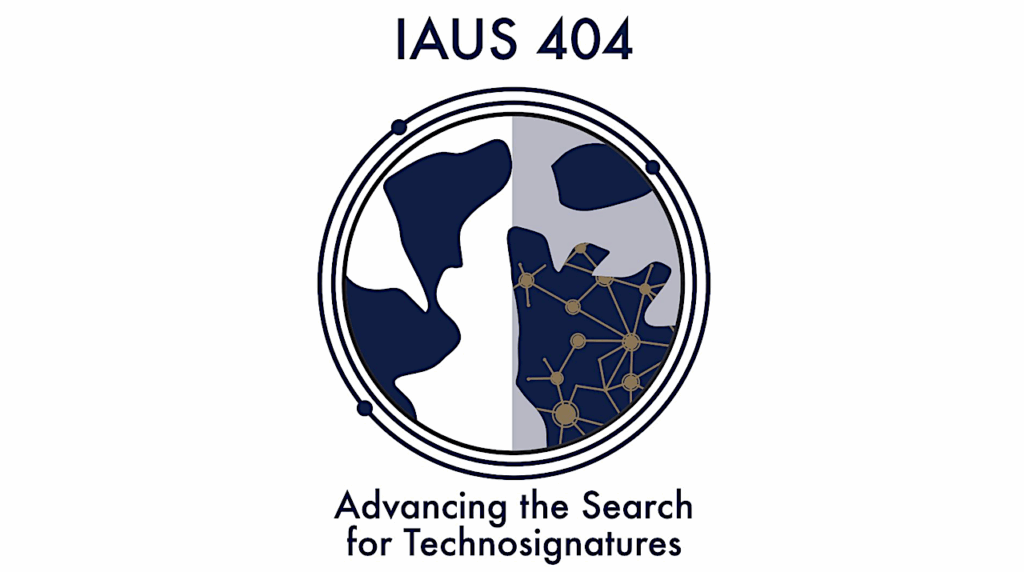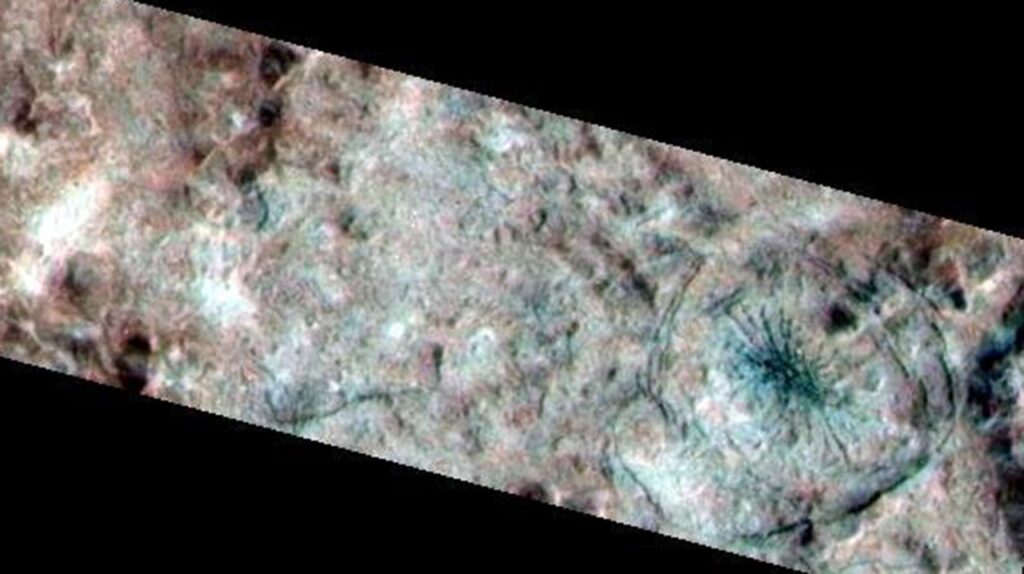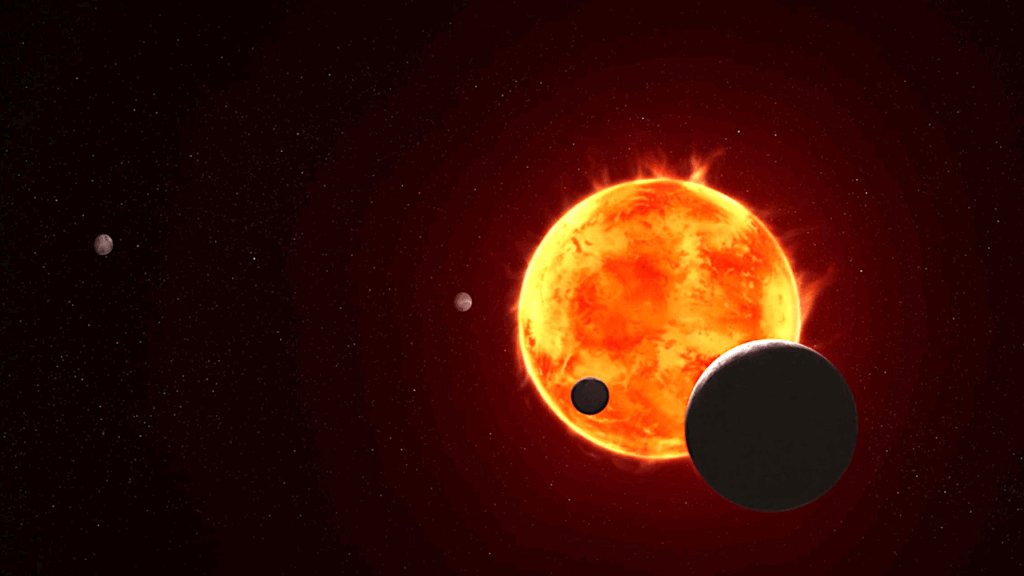The Evolution Of A Young Ocean Within Mimas

The fractured, young surfaces on confirmed ocean worlds such as Europa and Enceladus suggest that ocean-bearing moons with relatively thin overlying ice shells should be easy to identify.
Hence, the discovery that Mimas’ rotation state is best explained by an internal ocean seems challenging to reconcile with its heavily cratered surface. Previous studies have shown that an internal ocean is compatible with Mimas’ geology as long as the ice shell has been thinning throughout the surface age.
This scenario has yet to be placed into context within Mimas’ thermal-orbital history, in particular, the link between tidal dissipation and orbit circularization. Here, we model Mimas’ coupled thermal-orbital evolution, and the implications of an emerging ocean on Mimas’ geology, to determine whether a thinning ice shell is feasible.
We find that the ice shell can thin – and the ocean grow – even as the eccentricity decays due to tidal dissipation as long as the ocean formed within the past 10 – 15 million years and the onset of melting occurred when Mimas’ eccentricity was between 2.5 and 3 times the present-day value.
As Mimas’ eccentricity continues to decay, the ocean will likely enter an epoch of freezing, leading to fractures within the ice shell and eruptions of ocean material at the surface, before freezing completely. These results suggest that Mimas, Enceladus, and Tethys may represent three points along a continuum of ocean initiation, growth, and loss.
The evolution of a young ocean within Mimas, Science Direct
Astrobiology


